



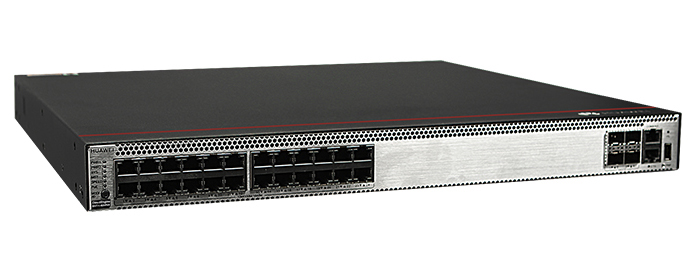
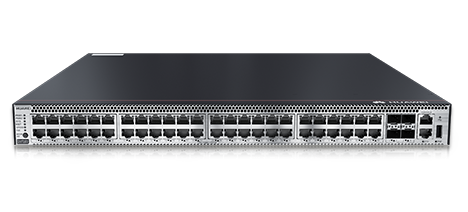
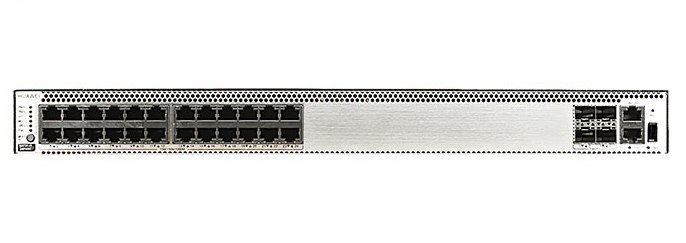
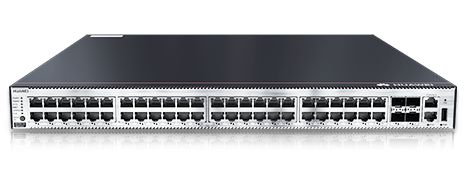
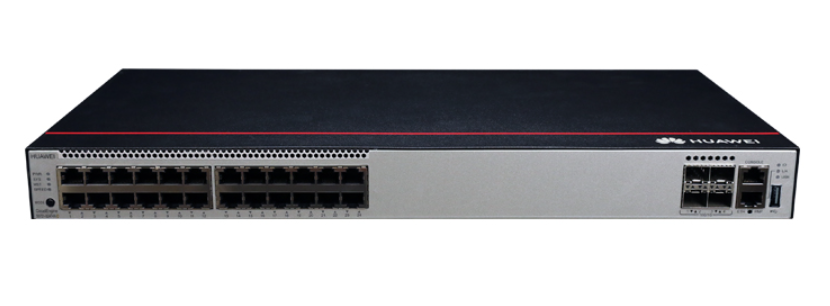



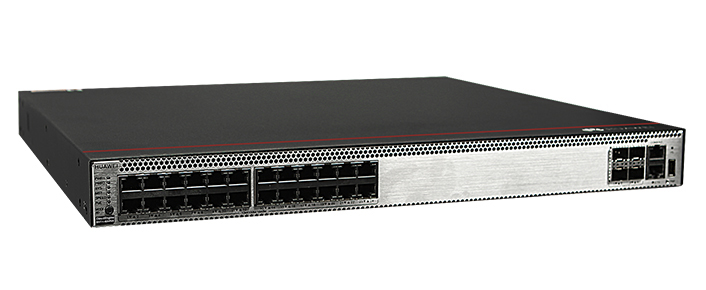
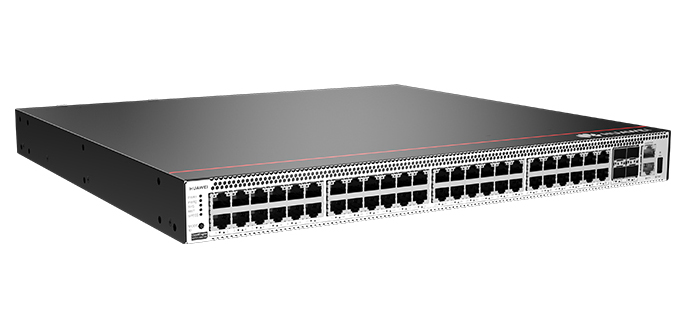
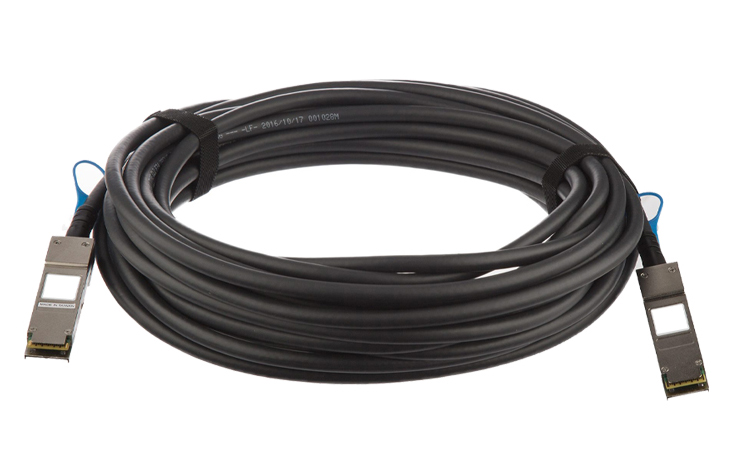

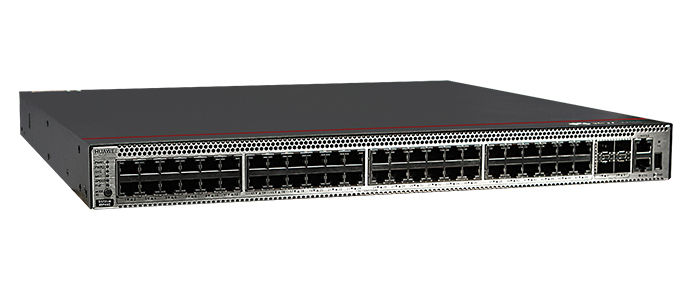
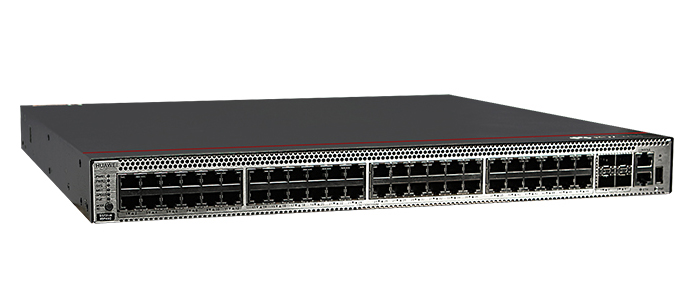

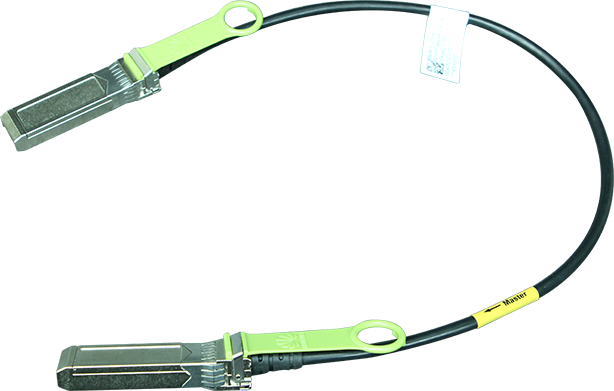
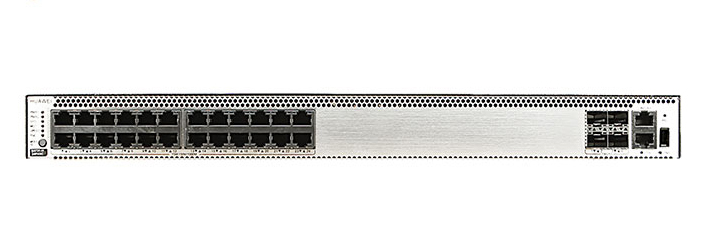
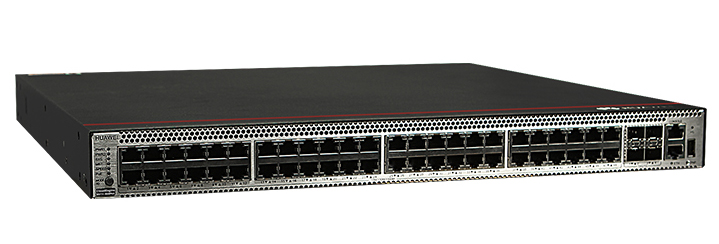
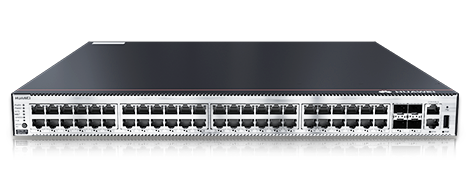

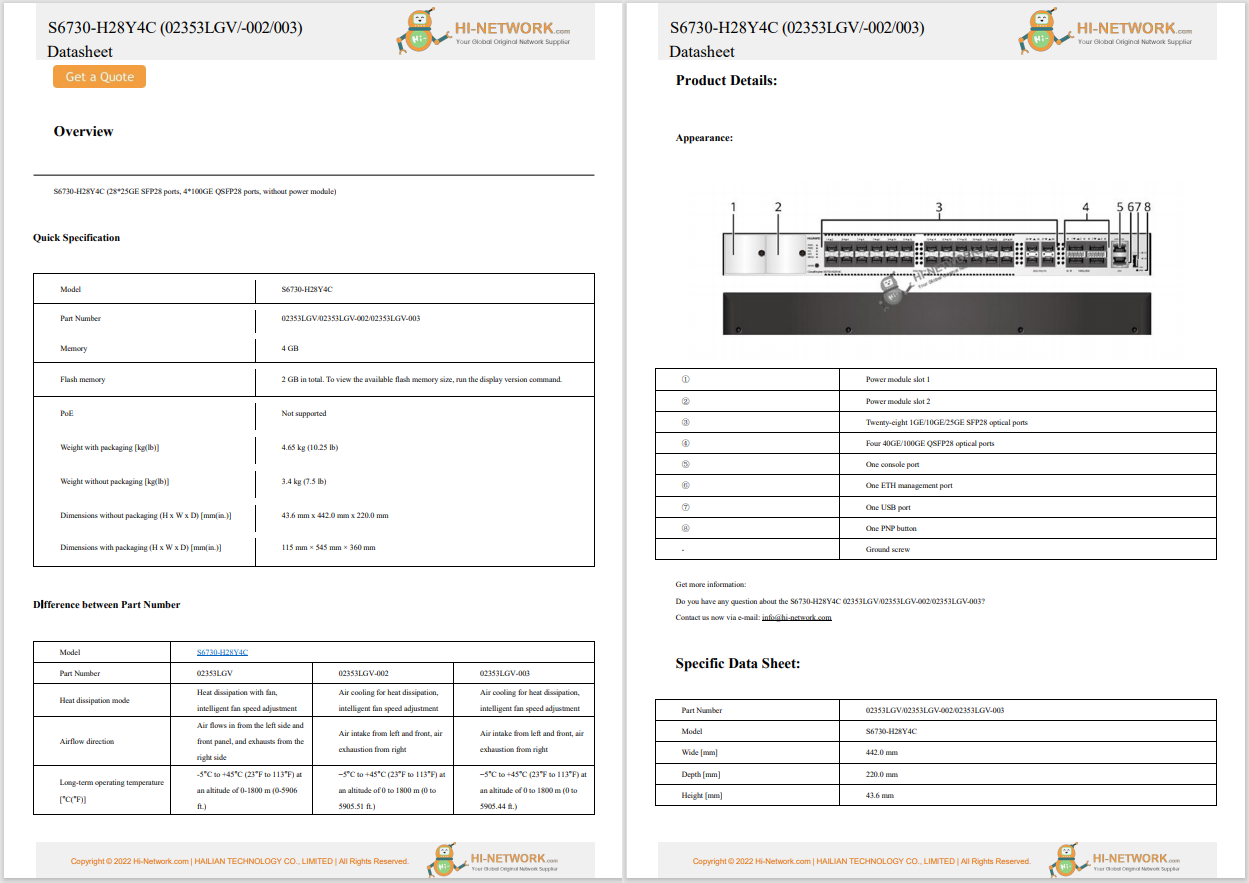

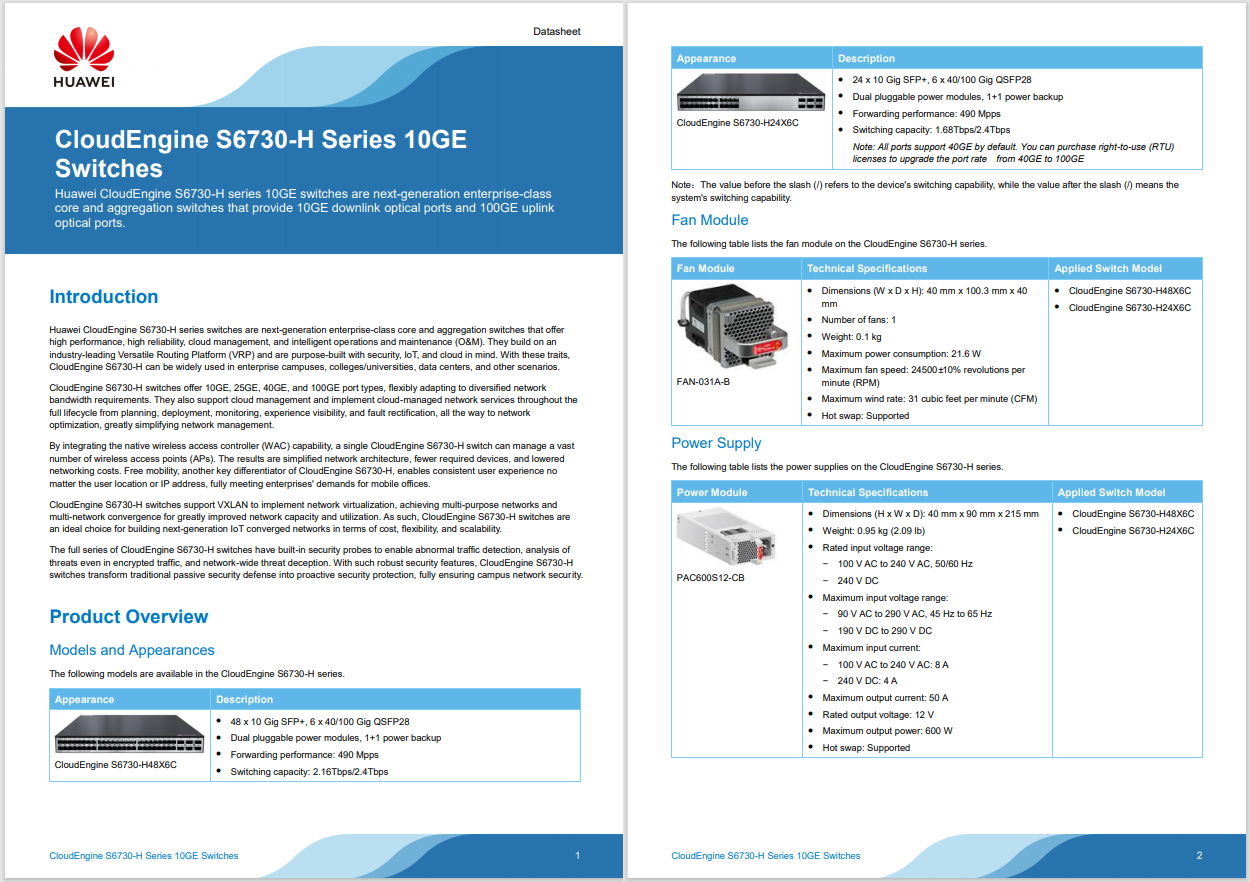
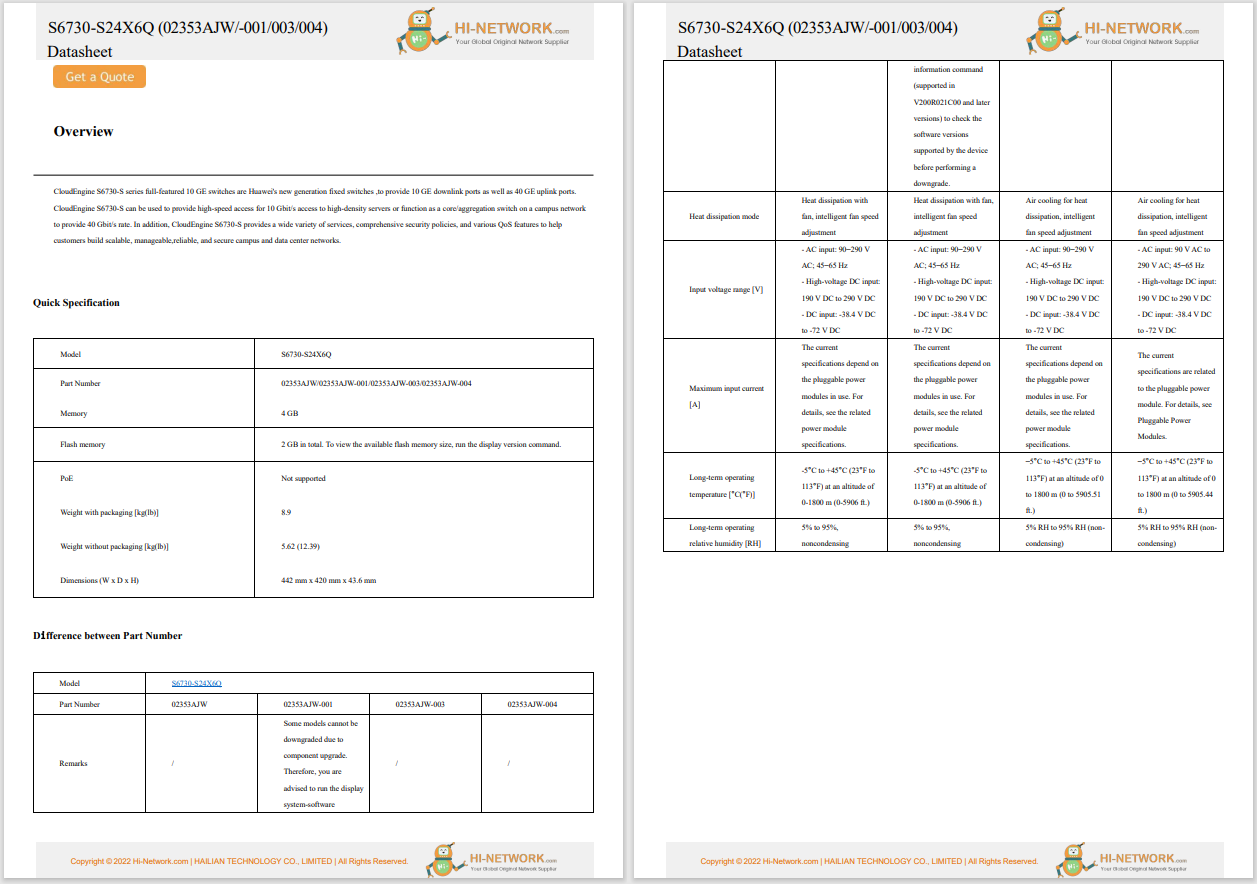


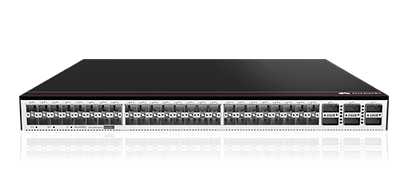
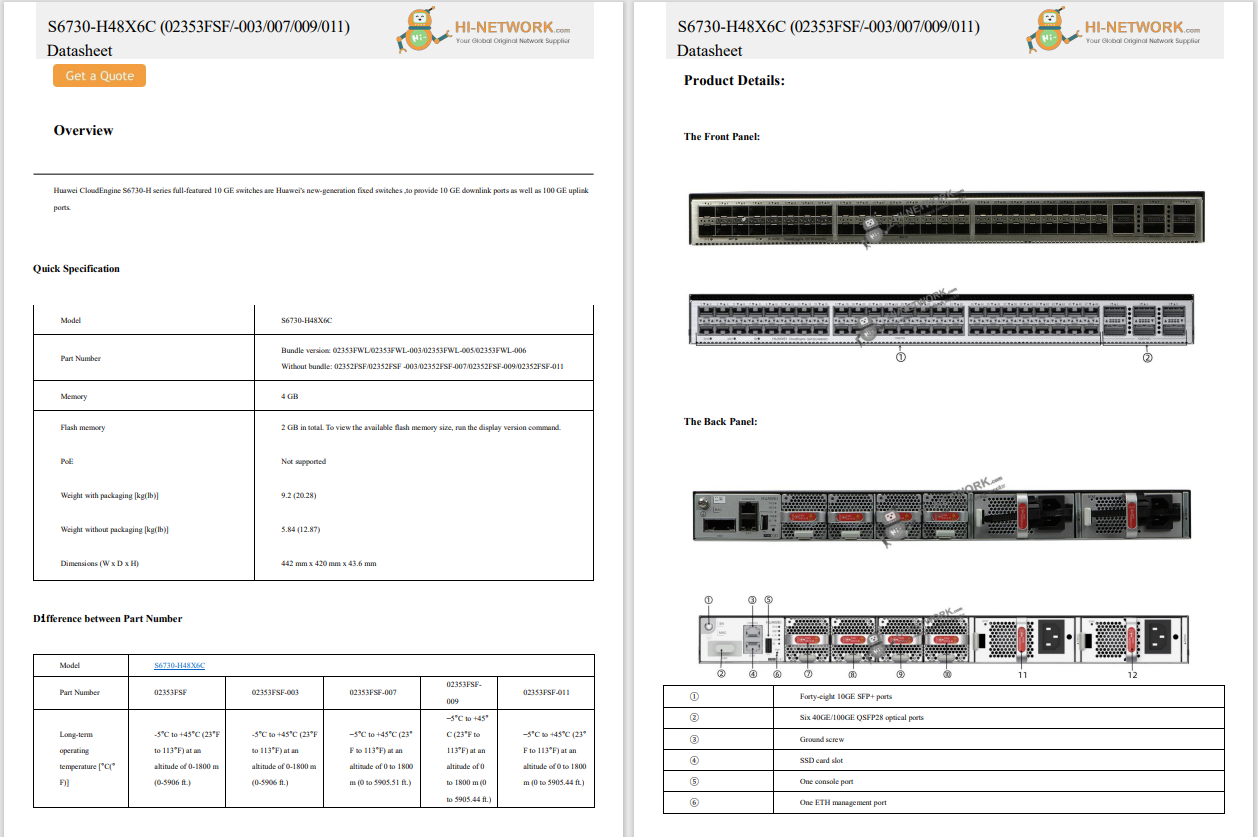

Why areRE88PL99ace1network cablesRE88PL99ace1limited to 100 meters?
RE88PL99ace1
Most network engineers have experiencedRE88PL99ace1network wiring, right?
RE88PL99ace1
Whether it is category 5 twisted pair, or category 6 twisted pair, the transmission distance is 100 meters.
RE88PL99ace1
Moreover, in the comprehensive wiring specification, the horizontal cabling can not exceed 90 meters, and the total length of the link can not exceed 100 meters.
RE88PL99ace1
In other words, “100 meters” is a limit for wired Ethernet cabling.
RE88PL99ace1
This statement in the end how to come, what is the basis for the specific construction site how to operate, an article to give you an understanding.
RE88PL99ace1
RE88PL99ace1
For those of us who are more familiar with networking, especially our engineer friends, it's well known that twisted-pair cable has anRE88PL99ace1“insurmountable” “100 meters” transmission distance.
RE88PL99ace1
Whether it is 100M transmission rate of Category 5 twisted-pair cable, or 1000M transmission rate of Category 6 twisted-pair cable, the furthest effective transmission distance are 100 meters.
RE88PL99ace1
In the integrated wiring specification, also clearly required horizontal cabling can not exceed 90 meters, the total length of the link can not exceed 100 meters.
RE88PL99ace1
In other words, 100 meters is a limit for wired Ethernet.
RE88PL99ace1
RE88PL99ace1
What causes the 100 meter transmission distance limit for twisted pair?
RE88PL99ace1
É's time to look deeper into the physics of twisted pair cables.
RE88PL99ace1
The transmission of a network is actually the transmission of network signals over a twisted pair cable.
RE88PL99ace1
As an electronic signal, transmission in the twisted-pair cable, it is bound to be affected by resistance and capacitance, which leads to the network signal attenuation and distortion.
RE88PL99ace1
The attenuation or distortion of the signal reaches a certain level, which affects the effective and stable transmission of the signal.
RE88PL99ace1
Therefore, twisted-pair cable has a transmission distance limit, so exactly how to calculate the upper limit of 100 meters?
RE88PL99ace1
Category 5 UTP, Super Category 5 UTP is mainly for computer networks.
RE88PL99ace1
According to the 100Base-TX of Fast Ethernet, its communication rate is 100mbps, and the time taken to transmit 1 bit of data by 100mbps Ethernet (also known as “bit time”) can be calculated as follows:
RE88PL99ace1
1 bit time = 1/100mbps = 10ns
RE88PL99ace1
Ethernet is a shared communication channel using CSMA/CD (Carrier Sense Multiple Access with Collision Detection), which is a carrier-sense multiple access with collision detection technique, and remained indispensable when switching was introduced.
RE88PL99ace1
A link is connected to both ends of the device, these two devices may send data at the same time, resulting in a conflict, when the conflict domain is 2.
RE88PL99ace1
The conflict will result in packet loss.
RE88PL99ace1
To avoid packet loss due to conflicts, Ethernet uses conflict detection and backoff retransmission techniques.
RE88PL99ace1
In order to back off and retransmit, it is necessary to ensure that one end can detect the conflict before transmitting a packet.
RE88PL99ace1
The minimum frame length for Ethernet is 64 bytes, or 512 bits. Calculated at a rate of 100mbps, the transmission of 512 bits takes 512 bits * 10ns = 5120ns.
RE88PL99ace1
Data and information traveling through the network are delayed as they pass through different components, and the delay for Category 5 UTP is 5.56ns/m.
RE88PL99ace1
When designing an Ethernet network, there is a trunking rule that is required to be followed, which is also known as the Golden Rule or the 5-4-3-2-1 rule, which applies not only to 10mbps Ethernet, but also to Fast Ethernet.
RE88PL99ace1
This rule requires that the loop conflict delay must not exceed 512 bit-hours, which for a 100mbps transfer rate is 5120ns.
RE88PL99ace1
In the ring, the network components are cables, relay units, MAUs and DTEs, etc. Adding up their delays and multiplying by 2 gives the ring delay, and the ring conflict diameter can also be calculated.
RE88PL99ace1
Based on this theory, the furthest distance a signal can be transmitted to ensure that a minimum frame is sent before it is completed can be calculated.
RE88PL99ace1
This is the reason why the link span is limited to 100 meters.
RE88PL99ace1
When the distance exceeds 100 meters, the conflict cannot be detected in time, and the packet damaged by the conflict is transmitted and received by the receiver, this packet is forced to be discarded because it cannot be verified, and the mechanism of backward retransmission is not activated at this time, so the packet will be lost.
RE88PL99ace1
When the transmission rate is lower than 100 mbps, the limit of 100 meters can be appropriately relaxed in practical applications.
RE88PL99ace1
It must be declared that this actually, although effective, does not comply with the standard.
RE88PL99ace1
It must be stated during certification testing, otherwise there will be a risk of problems such as product warranty.
RE88PL99ace1
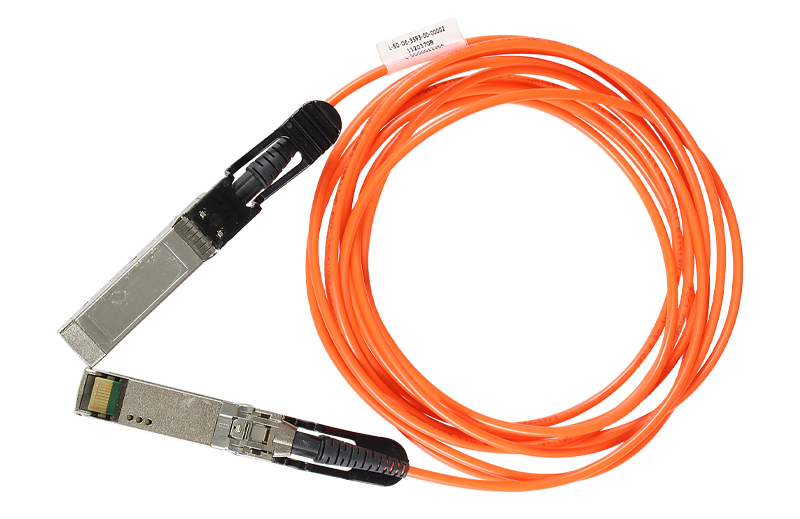
RE88PL99ace1
As can be seen from the above, when using PoE power supply, why the maximum length of the network cable shall not exceed 100 meters.
RE88PL99ace1
However, in actual construction, to ensure the quality of the project, it is usually taken as 80-90 meters.
RE88PL99ace1
Please note that the transmission distance here refers to the maximum rate of the case, such as 100M, if the rate down to 10M, the transmission distance can usually be extended to 150-200 meters (depending on the quality of the network cable).
RE88PL99ace1
So PoE powered transmission distance is not determined by PoE technology, but by the category and quality of the network cable.
RE88PL99ace1
Although in actual construction, better quality network cable can break through the limit of 100 meters distance, and the equipment can work properly, but this practice is not recommended.
RE88PL99ace1
This is because there are potential problems that do not present themselves immediately, but appear slowly over time, which can cause subsequent maintenance problems.
RE88PL99ace1
The simplest case, for example, bandwidth upgrades, so that the original can work at a distance of more than 100 meters in the original equipment will not work properly after the speed of the network is greatly increased.
RE88PL99ace1
RE88PL99ace1
Cat 5 is the most common standard cable on the market today.
RE88PL99ace1
But the quality of different manufacturers varies greatly, especially in this price-oriented environment in the country, many manufacturers in order to reduce the cost of copper wire with copper-clad iron, copper-clad steel instead.
RE88PL99ace1
Resulting in a decline in the transmission distance of the network cable, and even the occurrence of network instability, packet loss and other phenomena, and equipment manufacturers often take the blame, but also really wrong.
RE88PL99ace1
So if you want to make PoE to play the best effect, you must use good quality network cable, not because of small losses, affecting the overall quality of the project.
RE88PL99ace1
RE88PL99ace1
Compared with Category 5 twisted-pair cable, Super Category 5 twisted-pair cable has less attenuation and crosstalk, providing a more solid network foundation for most applications (especially supporting Gigabit Ethernet 1000Base-T cabling).
RE88PL99ace1
It brings convenience to network installation and testing, and becomes a better solution for current network applications.
RE88PL99ace1
The transmission characteristics of Category 5 cable are the same as those of ordinary Category 5 cable, but the standard for Category 5 cabling specifies that all four pairs of Category 5 cable are capable of full-duplex communication.
RE88PL99ace1
RE88PL99ace1
The transmission frequency of this type of cable is 1MHz to 250MHz. Category 6 cabling systems should have a large margin of integrated attenuation crosstalk ratio (PS-ACR) at 200MHz, which provides two times the bandwidth of Ultra Category 5.
RE88PL99ace1
The transmission performance of Category 6 cabling is much higher than that of the Ultra Category 5 standard and is best suited for applications with transmission rates higher than 1Gbps.
RE88PL99ace1
An important difference between Category 6 and Ultra Category 5 is:
RE88PL99ace1
Improved performance in terms of crosstalk as well as return loss, which is extremely important for the new generation of full-duplex, high-speed network applications.
RE88PL99ace1
The basic link model has been eliminated from the Category 6 standard, and the cabling standard utilizes a star topology with a required cabling distance of:
The length of the permanent link cannot exceed 90 meters, and the length of the channel cannot exceed 100 meters.
Category 6 cable and Super Category 5 cable in the transmission distance there is no strict difference, that is, the maximum transmission distance of a single segment are 100 meters.
Of course, category VI cable in the transmission distance can be increased appropriately, the so-called 100 meters refers to more than after the inability to meet the 1000M bandwidth and other related technical indicators, bringing about a decline in speed and other issues.
For product list and quote, please visit: hi-network.com or contact us at Email: [email protected]
 Tags quentes :
Cabos
Tags quentes :
Cabos